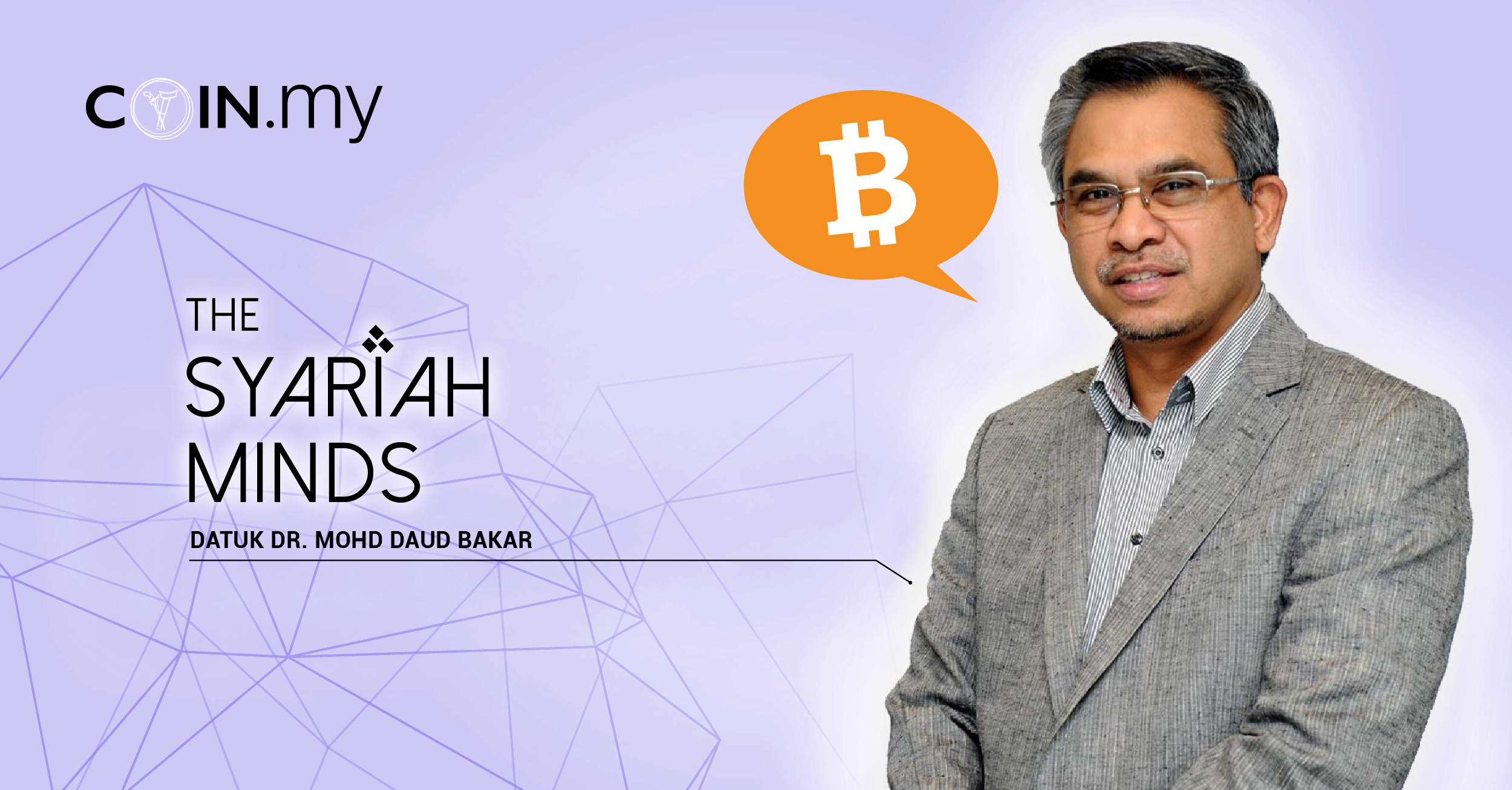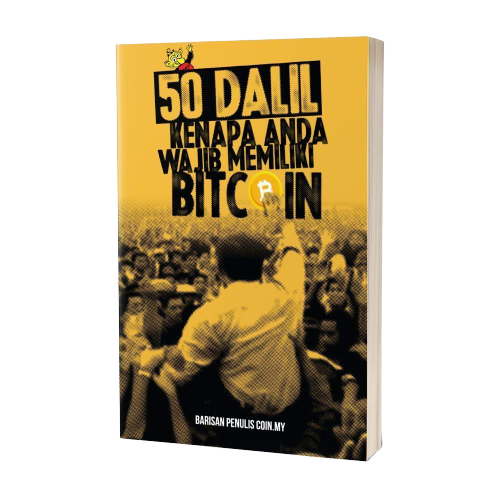Bitcoin: Currency, Commodity, Security Or New Identity? A Discussion (Part III)

Translated from article: Bitcoin: Matawang, Komoditi, Sekuriti atau Identiti Baru? Satu Perbincangan ( Bahagian III)
We have looked at the evolution of money. In most modern society, fiat money is considered as the fundamental currency, whether for cash transactions, transactions involving credit cards or remittance (transfer of money overseas), or even e-cards such as Touch n Go and e-wallets. Even purchases transactions through e-commerce involves currency that are converted according to the home country. Generally, most transactions will be based on fiat money, electronically or otherwise, that is already endorsed by their respective countries – and this process will end once a cycle of transaction is completed.
As we know, fiat money is not backed by physical asset and yet, it is accepted by all users to be of value and valid. This is also strengthened by the ‘legal tender’ status awarded by the government, which lends fiat money more credibility than any other currency.
In a classic fiqh copy, whenever there is a dispute, whether a currency should be used as a basis for transaction, the law considers currency that is acknowledged and accepted by the government where a contract is formed to be valid. At the same time, everyone is also cognizant of the fact that a centralized figure of authority holding power over financial decisions, can easily produce extra paper money to gain more units of currency in markets (or pay country debts, which is happening in many countries experiencing financial crisis).
A digital money that arose in 2009 for the first time, has both similarities and differences to fiat money. What are these similarities and differences? For starters, digital money like fiat money has no literal backing from any physical assets (although in certain cases it might be tied to shares or securities such as depicted in ICO schemes). I will elaborate more on ICO later.
The coin (because it is a type of coin only in digital form) represents a series of codes that consist of hash values and cryptographic elements, when combined became what is known today as Blockchain technology. Every unit of digital money has a hash value that will be validated through a process called mining. The hash values can be thought as a subsitute for the serial number found on fiat money. In order to enhance its security, each hash value is chained to a chain of blocks that has previous hash values, and as a result, the data input is impossible to hack or modify, as the chain of blocks are copied and recorded in distirbuted ledgers across a network of computers.
Let’s think about one example. Do you remember a small notebook that was used to write debts, known as the 3×5 book? It is very to cheat because the book has only one copy, and it is kept by one person, usually the seller or the loan giver. Imagine if a few copies of this book is held and updated by the owners every time a new transaction happens (no matter how unrealistic that is), it would be hard for a party to cheat on a transaction, right? This is a sound example provided by Professor Dato’ Norbik Idris, an expert in IT and cryptography in Malaysia, to clearly explain the concept of distributed ledgers.
The concepts of hash values and chain of blocks are what makes digital money virtually unhackable, or extremely difficult to, and therefore a complete waste of time. Any coin that wants to be called a digital coin, or a cryptocurrency needs to prove that its codes are unhackable via cryptography and hash values. These are technical requirements by industry practitioners (though it does not necessarily mean it fulfils the Syariah law requirement, as the basis of currency in Islam can be anything as long as it is accepted and valid in a particular society).
What is the nearest example to a chain of blocks in our religion? The Holy Quran is a book memorized and written since centuries ago by a tremendous number of huffaz and transcribers, and it is impossible to change even one verse in the Holy Quran. Recall that Blockchain technology is basically distributed ledgers, formed by blocks in a chain. This is the greatness of the Holy Quran, how it is preserved from change, even before the technology ever existed (note: that is where the similarities end as the contents within the Holy Quran is neither hash values nor cryptographic inscriptions). Another close example is the chain of narrators of hadiths, that is based on sanad, where the strength of the hadith depends on the quality of the sanad chain or the narrators chain.
The main difference between digital money and fiat money is the fact that digital money is not considered legal tender, except for Japan, which accepts Bitcoin as a complementary currency alongside its national currency. The second difference is that the total amount of digital money produced are fixed, which makes it deflationary. This is definitely different than fiat money that can be printed when a country runs out of it.
Another difference is in terms of transaction processing time. Where most banks still takes up to 2 days to process payments, transactions involving digital money can be as fast as 5 seconds. This is advantageous expecially when it comes to remittance, or transfer of money overseas which can take weeks via banks but less than an hour with digital money.
One difference that has been attracting people to digital money is that the value of a certain coin can change very quickly. In one hour, a value of a coin can increase or decrease 20%, based on the supply and demand in the market. In this context, digital money is used as a tool for investment, besides as a medium of exchange or a method of payment. A lot of people are interested in digital money because of this property. If they buy or receive a certain coin A when it was RM100 and they stand a chance to increase the value to more than that (or less if the value decrease).
In this last dimension, digital money could be considered as a commodity or an instrument of investment like shares, or even gold. Can this property really change the form of digital money into an asset or commodity? This approach is much more common in the cryptocurrency world. But how does Syariah law considers this issue then? Follow part IV of the series to find out.
Datuk Dr Mohd Daud Bakar
Note: The views and opinions within this article is personal to the writer and does not reflect any organisations that the writer is associated with.




